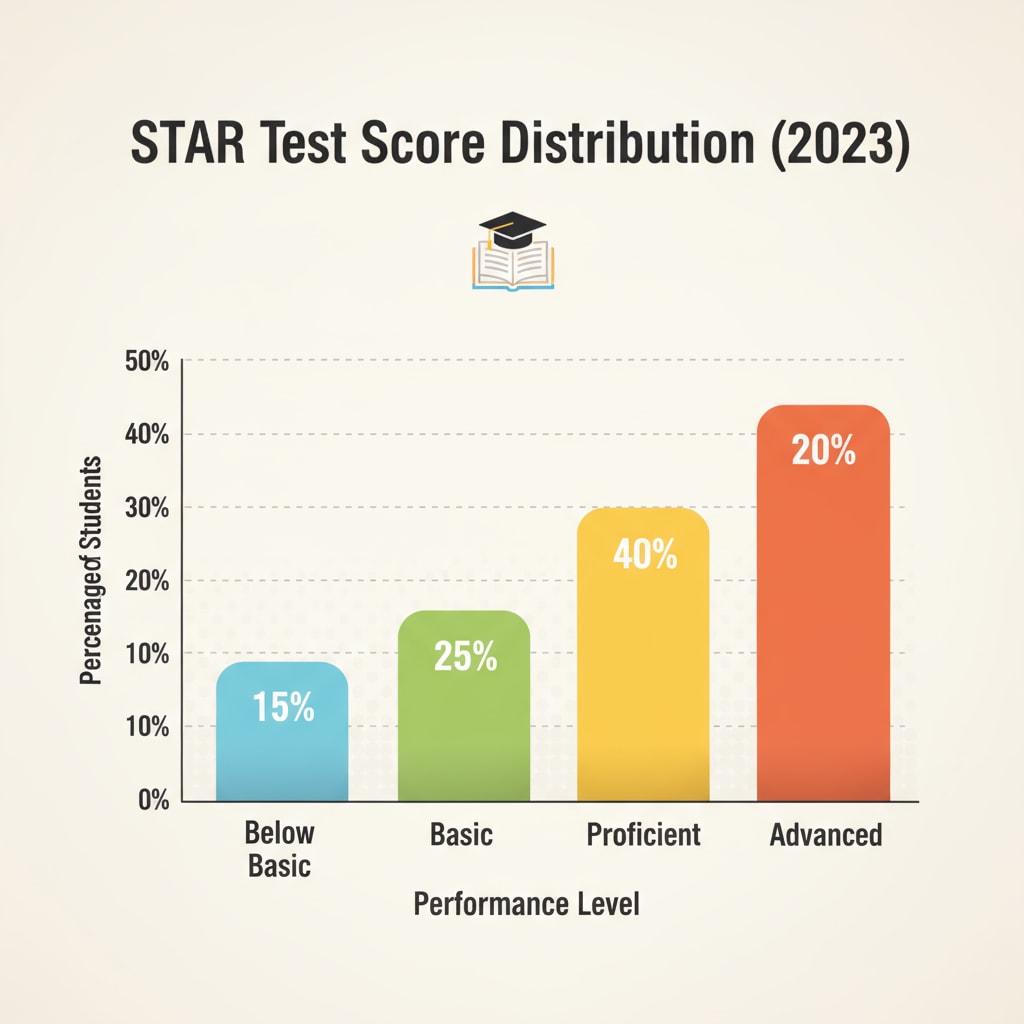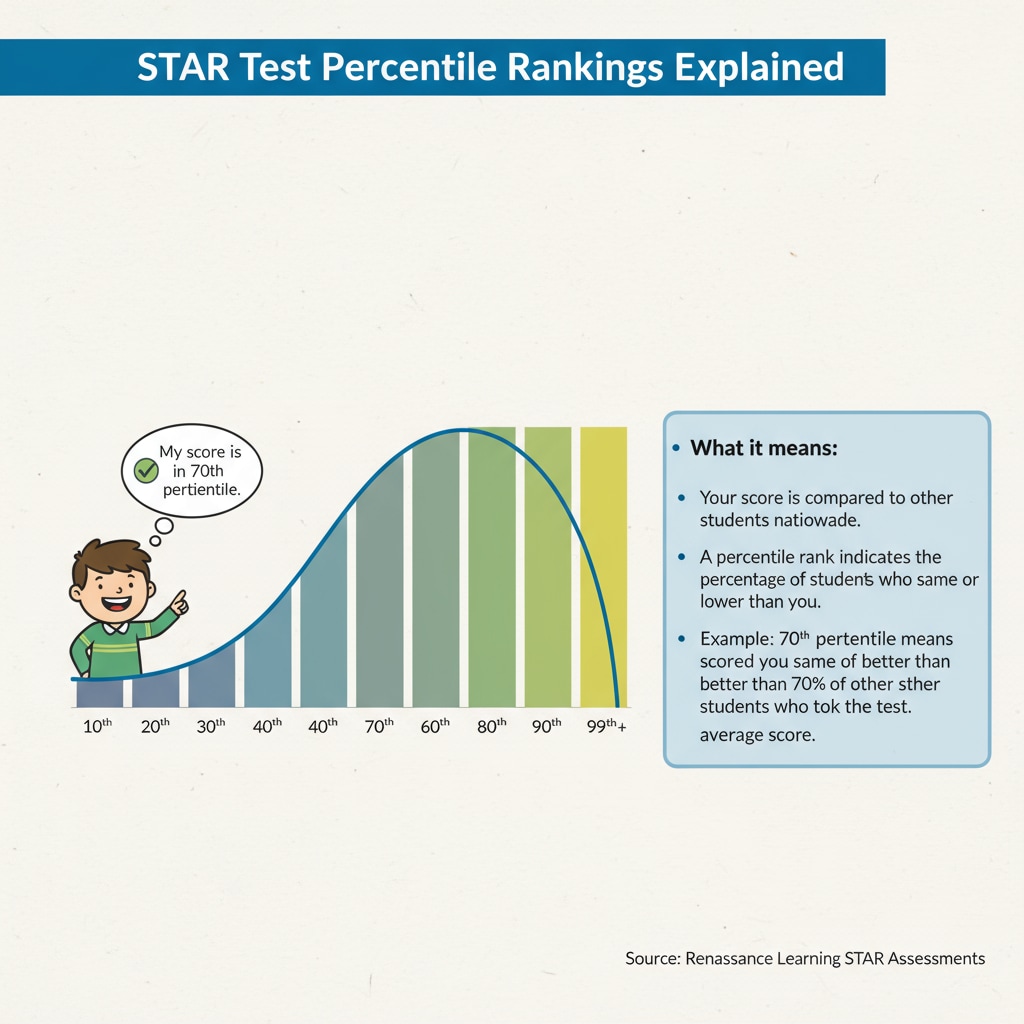STAR Testing, Percentile Rankings, and Academic Assessments are crucial elements in understanding a child’s academic progress. In the realm of K12 education, standardized tests like STAR play a significant role. But how accurate are these test scores, and what real value do they hold? Let’s take a closer look.

The Basics of STAR Testing
STAR (Standardized Testing and Reporting) is a widely used assessment tool in schools. It aims to measure a student’s academic performance in various subjects, such as reading, mathematics, and language arts. This test is designed to provide educators and parents with insights into a child’s strengths and weaknesses. For example, it can show if a student is excelling in reading comprehension or struggling with basic math concepts. According to Education.com, these tests are often administered multiple times a year to track progress over time.
Understanding Percentile Rankings
Percentile rankings are a key aspect of interpreting STAR test scores. A percentile rank indicates the percentage of students in a specific group who scored at or below a particular student’s score. For instance, if a student has a percentile rank of 80 in reading, it means they scored better than 80% of the students in the comparison group. This gives parents and teachers an idea of how a student stacks up against their peers. As Wikipedia explains, percentile rankings are useful for relative comparisons within a group.

The Accuracy of STAR Test Scores
While STAR test scores can offer valuable information, their accuracy has some limitations. These tests are just snapshots of a student’s knowledge at a given time. A student’s performance on the test day can be affected by various factors, such as stress, lack of sleep, or test anxiety. Moreover, the test may not fully capture a student’s true understanding of a subject, as it often focuses on specific skills and knowledge areas. Therefore, it’s important not to rely solely on these scores to evaluate a child’s academic abilities.
The Reference Value of STAR Test Scores
Despite their limitations, STAR test scores still hold significant reference value. They can help parents and educators identify areas where a student needs additional support or enrichment. For example, if a student has a low percentile rank in a particular subject, it may indicate the need for extra tutoring or more challenging materials. Additionally, these scores can be used to monitor a student’s progress over time and make informed decisions about educational strategies.
Readability guidance: This article uses short paragraphs and lists to summarize key points. Each H2 section provides relevant details. The use of passive语态 is minimized, and long sentences are kept to a reasonable proportion. Transition words are used throughout to enhance the flow of the article.


